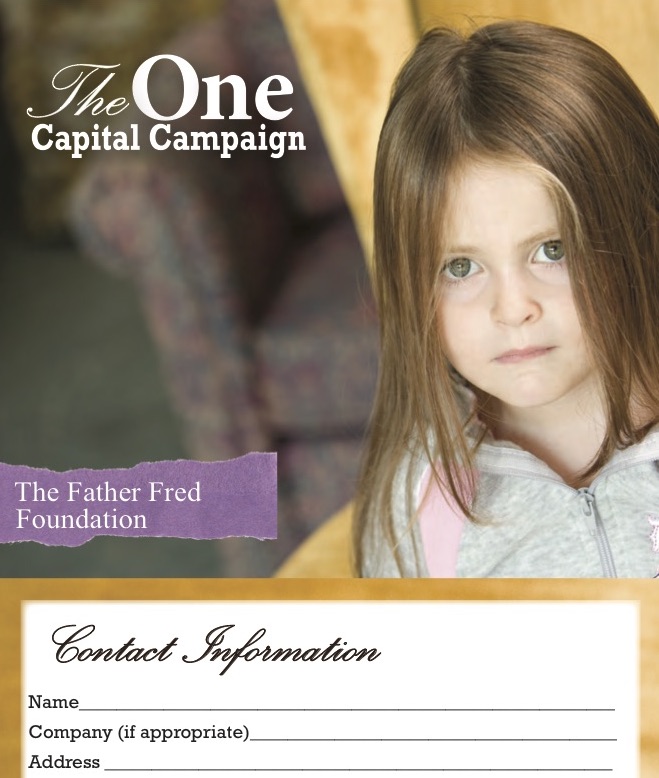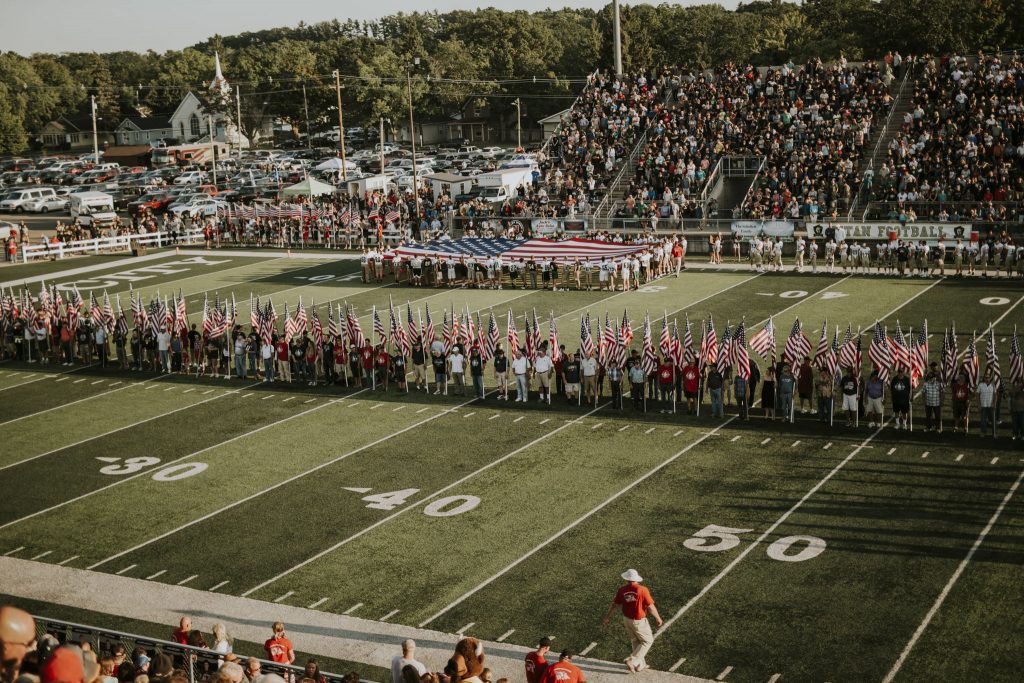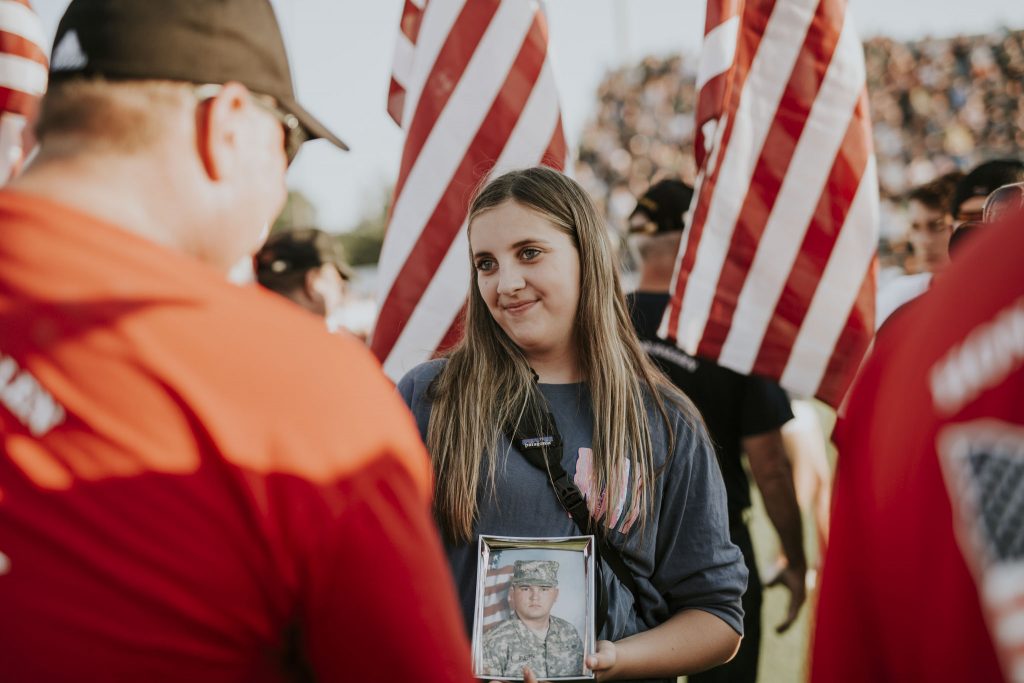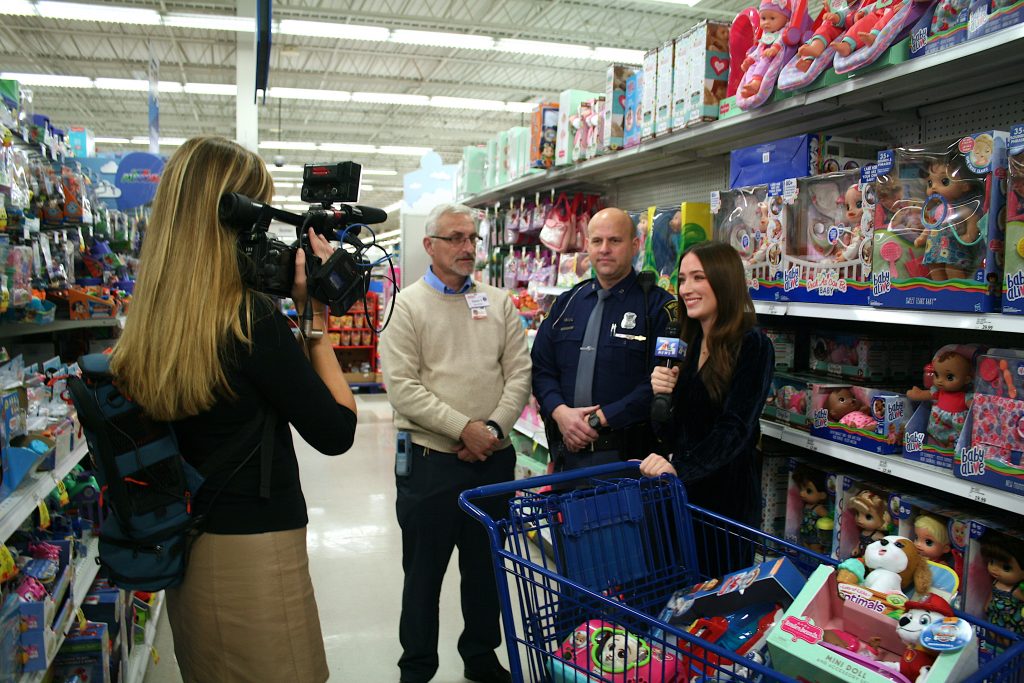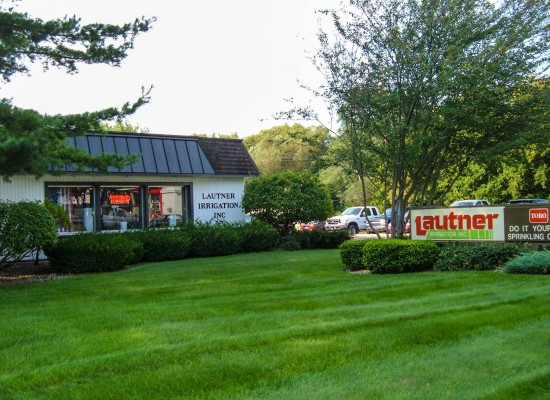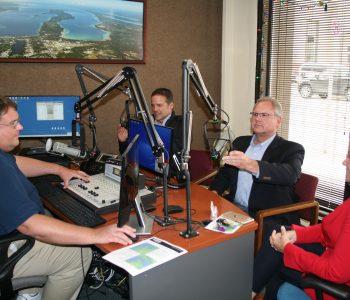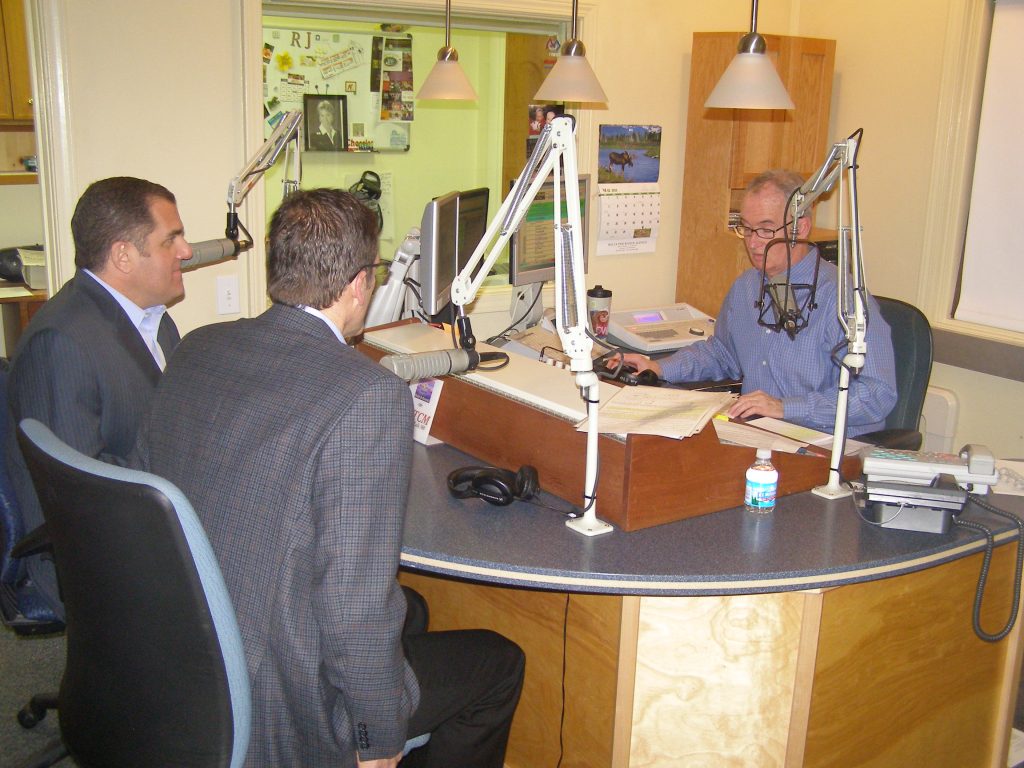 Advertising
Advertising
Are You A Drain On Those Around You?
Your trials may create hope for others.
I was recently stunned when I heard that Kelsey Clous just celebrated her tenth-year of being a survivor. I got to know Kelsey five years into her survivor journey. She was a 21 year-old woman fighting a rare blood-clotting disorder. While working at Bill Marsh Auto I helped organize a fundraising event called Caring for Kelsey.
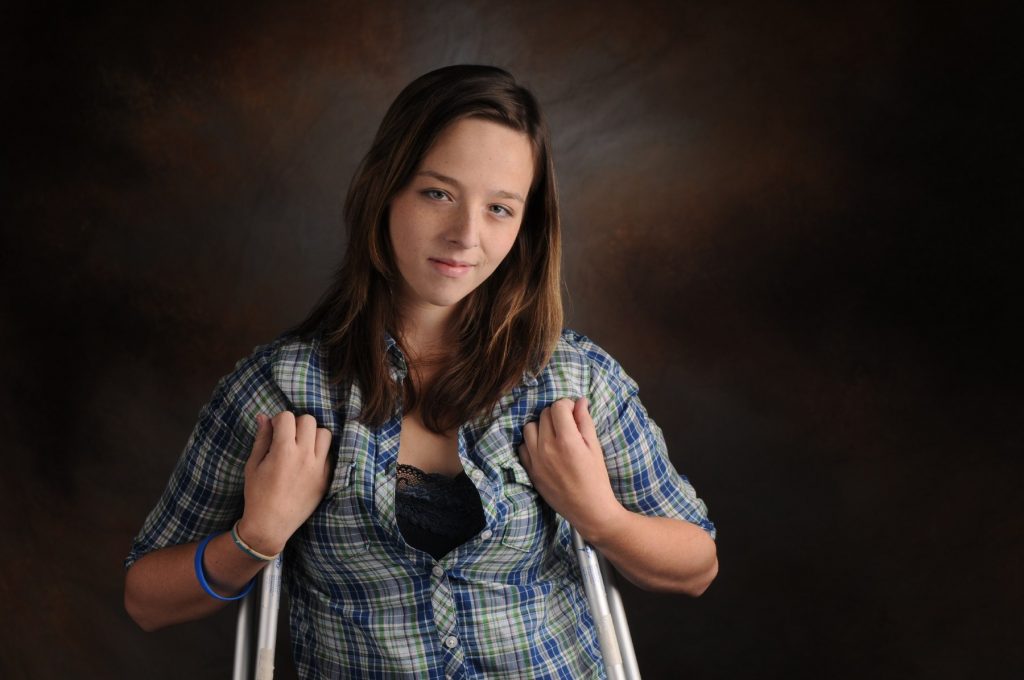
The family, headed by mama Carol, was being overwhelmed with debt due to a steady stream of medical and non-medical bills. They were about to lose their home and Carol was struggling to hang on to her job due to all the trips for medical treatment.
Thanks to tremendous community support the event was a huge success. It was followed by another fundraiser hosted by J&S Hamburg called Grillin’ For Kelsey. If I recall correctly the two events raised over $50,000.

Five years later, I would love to tell you that there is a storybook ending to this. I’d love to say there was a medical miracle and Kelsey was cured. I’d love to say Kelsey and her family are living happily ever after. But life is not a storybook. I can’t tell you those things. What I can tell you is that Kelsey is a 10 year survivor. She still struggles with the blood-clotting disease. Mom tells me she has more good days than bad days. Kelsey and her mom were able to attend a conference in Florida recently and take a few vacation days. She did pretty well. But life for the Clous family is a struggle.
Carol will often have Facebook posts about all the blessings in her life. Those blessings are often about folks that may have helped them. It could be a string of great days for Kelsey. It could be that trip to Florida where Kelsey and Carol enjoyed themselves.
The intent of this blog post is not to pat myself and our community on the back and say we did such a great job in helping the Clous family. No, what really struck me was that I was pretty sure that Kelsey, her mom and the whole family have no idea how they impacted the people around them. And in a recent conversation with Carol she confirmed my suspicion.

Getting to know the Clous family and to share their struggles and their triumphs has been a blessing to me. And I know others who worked on Caring For Kelsey felt the same way. I got to watch the dignity of this family as they dealt with a medical problem that would have broken the spirit of most other families. I watched as they praised God for all their blessings. Carol wrote, “I have faith that God has a plan for her (Kelsey.) She is lifted by God, and those who have come beside us to walk along on this journey.”
When I may be filled with self-pity for whatever reason, or challenged with my own lack of faith – I realize that I have been blessed to know the Clous family. I am not their blessing – they are mine.
We have no idea the impact we have on the people we touch every day. We can trigger self-loathing in others based on how we treat them. Or we can be an inspiration for them to pick themselves up and make the best of their day. The inspiration you give to others could be given on the days you may be at your weakest. It could be showing others how you face adversity today.
For ten years Kelsey and her family have faced adversity. For ten years the family has been an inspiration to others. They just didn’t know it.
Kelsey’s story is still being written. There is still time for a storybook ending. But right now, in the middle of her story, they are a lesson to us all. Face your adversity with strength. You never know the lessons you are teaching others.










